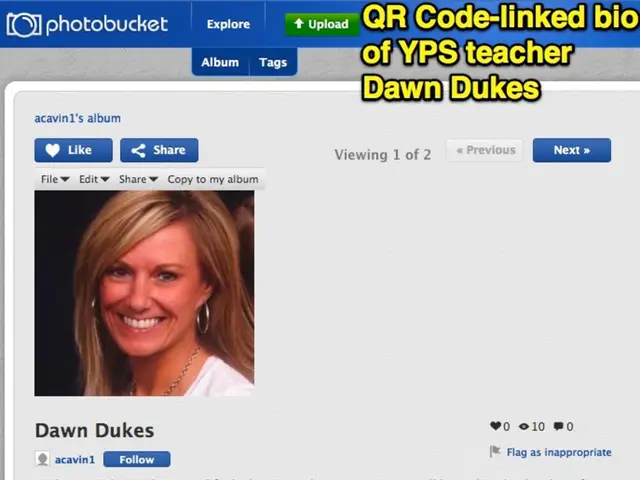Leadership in Education: Key Attributes, Obstacles, and Strategies for Emerging Educational Leaders
School administrators face a myriad of challenges on a daily basis, balancing the needs of various stakeholders, including teachers, students, parents, and the community. Among the common challenges are recruiting and retaining qualified teachers and staff, addressing student attendance issues, improving student performance, and managing school finances [1].
One notable challenge is retaining STEM teachers, requiring strong instructional leadership and creating a supportive professional culture [2]. To overcome this, school leaders can develop strong recruitment and retention processes, supporting teachers with relevant professional development, mentorship, and building a culture of belonging—especially critical for STEM fields where burnout and isolation are common.
Effective communication remains a perpetual challenge, demanding consistent, clear, and adaptable messaging to engage staff, students, parents, and the community [3]. To bridge gaps among teachers, staff, and stakeholders, administrators can enhance their communication skills, actively listening, being flexible in responses, and continuously communicating strategic goals and changes via multiple channels.
Adopting asset-based perspectives in student assessment and engagement is another strategy for success. This approach focuses on students’ strengths and reasoning rather than deficits, fostering more meaningful and confident student participation and improving learning outcomes [5].
School administrators must also engage in strategic and adaptive planning that is actionable. This involves aligning school goals with future skills, wellbeing initiatives, digital strategies, and sustainability considerations while assembling the right team and resources to support these plans [4].
Building collaborative professional learning communities (PLCs) and mentorship programs is essential for fostering innovation, sharing best practices, and supporting teacher identity and growth, which aids in retention and school improvement [2].
In a diverse student population, administrators must address the unique needs of students with special needs, language barriers, or socio-economic challenges [6]. Cultivating strong relationships with teachers, students, parents, and community members is crucial for creating a supportive network [7].
Effective educational leaders are flexible and open to change, willing to embrace new methodologies and technologies [8]. They must stay updated with the latest trends and research in education to provide the best learning opportunities for students [9]. Embracing innovation and being willing to experiment with new ideas are key to success in today's rapidly changing educational landscape.
School administrators must be able to make difficult decisions and handle crises effectively [10]. Retaining talented teachers is a constant challenge, requiring them to create a supportive and rewarding work environment [11]. Maximizing resources while ensuring quality education is another key consideration [12].
Active parental involvement is vital for fostering a strong partnership between home and school [13]. Effective educational leaders understand the needs and concerns of teachers, students, and parents [14]. Demonstrating the qualities of an effective leader through actions, setting a positive and inspiring tone for your team, and having a clear vision for the future of your school are essential for success [15].
Seeking mentorship from experienced educational leaders can guide and inspire you along your leadership journey [16]. Pursuing professional development opportunities to enhance your knowledge and skills is also crucial [17].
In conclusion, navigating the challenges of educational leadership requires adaptability, resource management, and the ability to navigate complex educational policies. By implementing the strategies outlined above, school administrators can promote inclusivity, adaptive leadership, continuous improvement, and sustainable school development, ultimately providing the best possible learning environment for their students.
References: [1] https://www.edweek.org/leadership/school-leadership/principal-leadership/principals-face-a-myriad-of-challenges-on-a-daily-basis/2018/09 [2] https://www.edutopia.org/blog/retaining-stem-teachers-school-leadership [3] https://www.edutopia.org/blog/effective-communication-strategies-school-leaders [4] https://www.edutopia.org/blog/strategic-and-adaptive-planning-school-leadership [5] https://www.edutopia.org/blog/asset-based-perspectives-student-assessment-engagement [6] https://www.edutopia.org/blog/inclusive-classroom-teaching-strategies-for-diverse-students [7] https://www.edutopia.org/blog/building-relationships-with-students-teachers-and-parents [8] https://www.edutopia.org/blog/embracing-innovation-school-leadership [9] https://www.edutopia.org/blog/staying-up-to-date-with-research-in-education [10] https://www.edutopia.org/blog/making-difficult-decisions-school-leadership [11] https://www.edutopia.org/blog/retaining-talented-teachers-school-leadership [12] https://www.edutopia.org/blog/managing-school-finances-school-leadership [13] https://www.edutopia.org/blog/parent-involvement-school-leadership [14] https://www.edutopia.org/blog/understanding-needs-and-concerns-of-teachers-students-and-parents [15] https://www.edutopia.org/blog/demonstrating-effective-leadership-school-leadership [16] https://www.edutopia.org/blog/finding-mentorship-school-leadership [17] https://www.edutopia.org/blog/continuing-education-school-leadership
- School leaders can foster innovation by building collaborative professional learning communities (PLCs) and mentorship programs, encouraging the sharing of best practices, teacher growth, and promoting a culture of belonging, particularly in the STEM fields.
- Embracing asset-based perspectives in student assessment and engagement can help school administrators create a supportive learning environment that focuses on students' strengths, fostering more meaningful and confident student participation, and improving learning outcomes.
- To maintain a competitive edge in the education-and-self-development landscape, educational leaders should pursue professional development opportunities to enhance their knowledge and skills, stay updated with the latest trends and research in education, and be willing to experiment with new ideas and methodologies.




